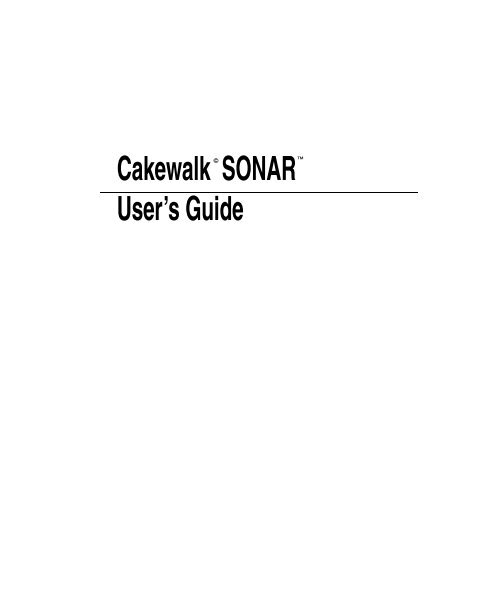
#SONAR 8.5 TUTORIALS CODE#
In this case, code is expected to be well-formed – no unclosed tags, no unquoted attributes, etc – and the parser will throw exceptions if well-formedness violations are found. The XML template mode will allow XML input. No validation or well-formedness check will be performed, and template code/structure will be respected to the biggest possible extent in output.

The HTML template mode will allow any kind of HTML input, including HTML5, HTML 4 and XHTML. There are two markup template modes ( HTML and XML), three textual template modes ( TEXT, JAVASCRIPT and CSS) and a no-op template mode ( RAW). Out-of-the-box, Thymeleaf allows you to process six kinds of templates, each of which is called a Template Mode: 1.2 What kind of templates can Thymeleaf process? Thymeleaf has also been designed from the beginning with Web Standards in mind – especially HTML5 – allowing you to create fully validating templates if that is a need for you. This improves communication of design and bridges the gap between design and development teams. To achieve this, it builds on the concept of Natural Templates to inject its logic into template files in a way that doesn’t affect the template from being used as a design prototype. The main goal of Thymeleaf is to provide an elegant and highly-maintainable way of creating templates. Thymeleaf is a modern server-side Java template engine for both web and standalone environments, capable of processing HTML, XML, JavaScript, CSS and even plain text.


7.1 Simple conditionals: “if” and “unless”.6.3 Optimizing through lazy retrieval of data.5.7 Support for HTML5-friendly attribute and element names.5.6 Setting the value of any attribute (default attribute processor).5.3 Setting more than one value at a time.5.2 Setting value to specific attributes.4.12 Default expressions (Elvis operator).4.3 Expressions on selections (asterisk syntax).2.2 Creating and configuring the Template Engine.1.2 What kind of templates can Thymeleaf process?.


 0 kommentar(er)
0 kommentar(er)
